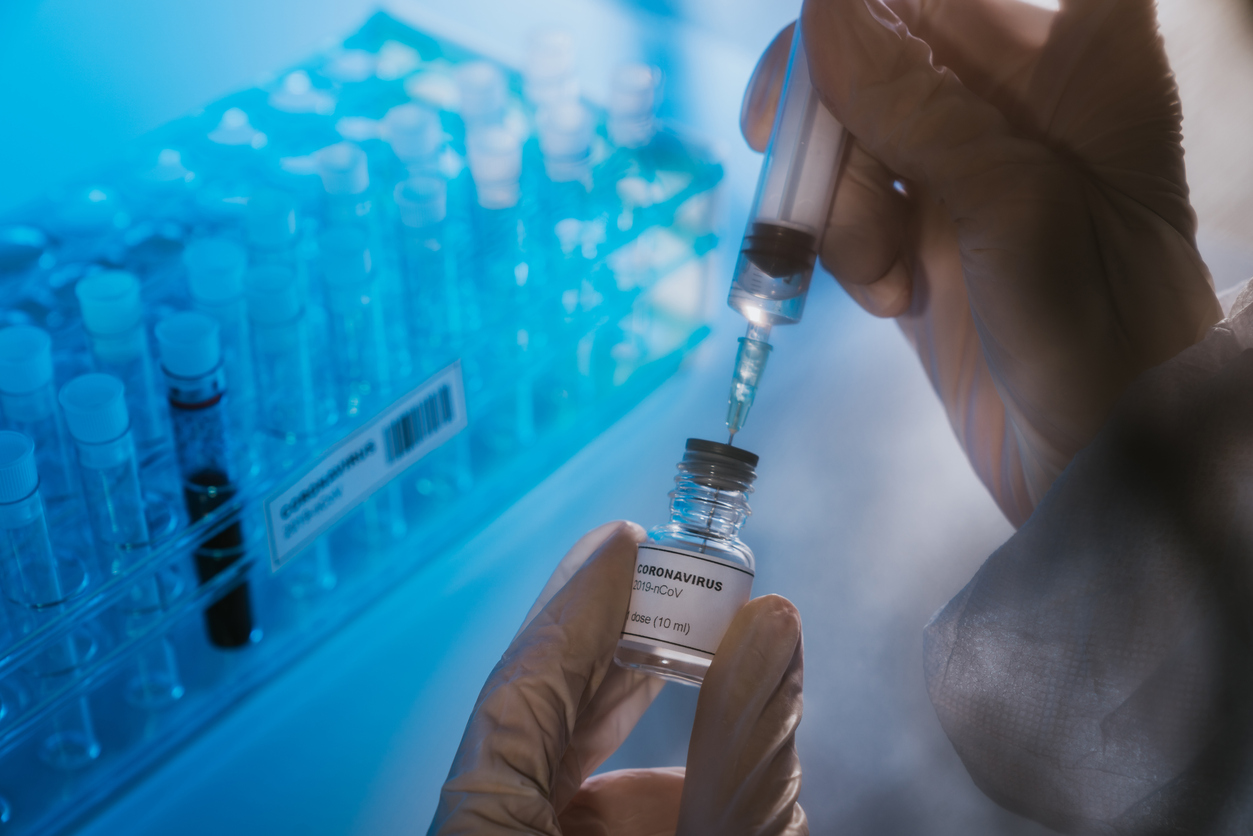
Efficacy, acceptance, production: A COVID vaccine’s formula to success

According to World Health Organisation, as of February 18, 2021, at least seven COVID-19 vaccines including Pfizer, Sinovac, Covishield and Moderna have been launched across countries for emergency use, while more than 200 candidates are still under development. Of the 200, 60 are under clinical development. However, the latter has a long way to go before they get the green light of drug regulators across countries – they have to prove their efficacy, and once that is done, need to have a production infrastructure and acceptance among maximum countries to become a success.
The Federal takes a look at how various vaccines are faring on these fronts as of February end.
Clinical trial plays a very important role in the success of any vaccine. These trials give us the efficacy of the vaccine which in simple terms means the ability of the vaccine to restrict the spread of the disease among the vaccinated group, compared to an unvaccinated group. It is measured on a scale of 1 to 100 per cent. More the efficacy better is the vaccine.
As of February 28, various vaccines have published their efficacy reports. The American COVID-19 vaccine, jointly developed by Pfizer and BioNTech turned out to have the highest efficacy of 95 per cent followed by another American vaccine by Moderna with an efficacy of about 94 per cent. Sputnik developed by a Russian Gamaleya institute is the only third vaccine to have an efficacy of above ninety per cent (92%). Another leading vaccine developed by Oxford University which was the first fully developed vaccine has an efficacy of about 70 per cent while Chinese vaccine Sinovac has published 50 per cent efficacy in its final trials.
The efficacy of the vaccines are seen to have a direct impact on their wide usage by different countries. Also, the developing company or country too has a role to play in the usage of vaccine by other countries, data shows.
Pfizer’s vaccine has got the maximum takers as about 61 countries have chosen to inoculate their citizens with it. Israel was the first country to inoculate their citizens with this vaccine and they shared a result of over a half-million inoculated population with the company. It showed over ninety per cent efficacy among Israelis. This resulted in a flood of orders to the company. Apart from the US and Israel, Europe is one of the major takers of this mRNA vaccine by Pfizer. Saudi Arabia too chose to go with the same. A similar vaccine produced by Moderna is also being used by 27 countries including the USA.
The second on the list is Oxford-AstraZeneca’s vaccine which is being used in 41 countries. It includes Afghanistan, Bangladesh and Canada alongside a number of other African and South American countries. In India, the vaccine is being manufactured by Serum Institute of India and marketed as Covishield, one of the two vaccines the government is using in its COVID-19 vaccination drive.
The Russian and Chinese vaccines have been chosen by less than 10 countries in the world. Sputnik V is being used by Argentina, Bolivia, Egypt, Hungary, Iran, Mexico, Palestine, etc. India has also imported about 100 million doses of the vaccine. Mostly Asian countries such as Singapore, Malaysia, the Philippines and Turkey have opted for the Chinese vaccine by Sinovac.
Vaccine development and usage are two things but having an infrastructure to produce it on a large scale is another challenge. However, as of today, only about five countries have such infrastructure to produce vaccines on a large scale. These include USA, India, China, United Kingdom, and Germany.
According to a report by the German company Deutsche Welle, the US has the highest ability to produce over 4 billion doses of different vaccines in the current year. India too is estimated to have the ability to produce over 3 billion doses of the COVID-19 vaccine. It is followed by China (1.9 billion doses), UK (0.9 billion doses), and Germany (0.5 billion doses). These numbers are only estimations while the actual production may differ with each country.

